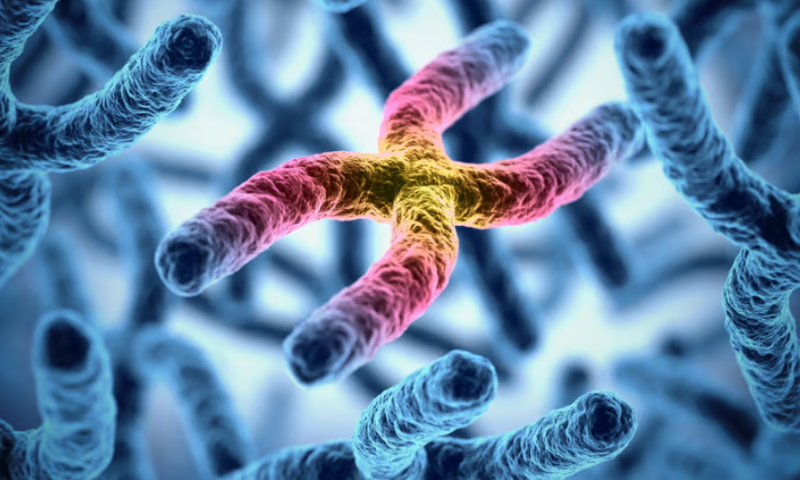Scientists have long known that cancer cells typically have extra chromosomes, but what exactly was the extra genetic material doing?
New research from a team at Yale University has finally provided an answer. Humans typically have 23 pairs of chromosomes in their cells. Having extra is known as aneuploidy. These extra chromosomes are used to boost tumor growth and could be targeted as a new pathway for cancer treatment, according to the study published July 6 in the journal Science.
The study was co-led by Vishruth Girish, a M.D.-Ph.D. student at Johns Hopkins School of Medicine, and Asad Lakhani, a postdoctoral researcher at Cold Spring Harbor Laboratory—both of whom have worked in the lab of senior study author Jason Sheltzer, Ph.D.
“If you look at normal skin or normal lung tissue, for example, 99.9% of the cells will have the right number of chromosomes,” said Sheltzer, assistant professor of surgery at Yale School of Medicine. “But we’ve known for over 100 years that nearly all cancers are aneuploid.”
Researchers were not sure whether the extra chromosomes were causing the cancer in the first place or if the mutation happens because of the cancer. They were previously able to observe the extra chromosomes but didn’t have a way to change them—enter CRISPR.
Sheltzer’s team used the gene editing technique to come up with a new approach to eliminate entire chromosomes from cancer cells and observe what happened. They called the technique Restoring Disomy in Aneuploid cells using CRISPR Targeting, or ReDACT.
Looking at cell lines from melanoma, gastric cancer and ovarian cancer, the researchers removed the extra copies of chromosome 1, which is linked to disease progression and occurs early in cancer development.
When the extra chromosome was removed, the cancer cells lost their ability to form tumors, Sheltzer said. The researchers suspect cancer cells may have an “aneuploidy addiction.” They also found that multiple genes can spur cancer growth when overrepresented.
So how can drugmakers exploit this for new treatments? The researchers suspect that the overexpression of certain genes is a weak spot for tumors. Previous studies have shown that a gene on chromosome 1 is needed to kick-start certain drugs.
The team found that if there are extra copies of that chromosome, then the cancer is more sensitive to drugs. And given the sensitivity, the drugs could even help encourage growth of cell lines that do not have the extra chromosomes—meaning the cells have less potential to become cancerous and spread.
“This told us that aneuploidy can potentially function as a therapeutic target for cancer,” Sheltzer said. “Almost all cancers are aneuploid, so if you have some way of selectively targeting those aneuploid cells, that could, theoretically, be a good way to target cancer while having minimal effect on normal, non-cancerous tissue.”
Sheltzer said the next steps are to begin work in animal models, consider what drugs might work the best to target the extra chromosomes and perhaps work with pharmaceutical companies to move the approach into clinical trials.

